Track my order
blog
From Storage to Classrooms: The Benefits of Shipping Containers for Schools & Educational Institutions


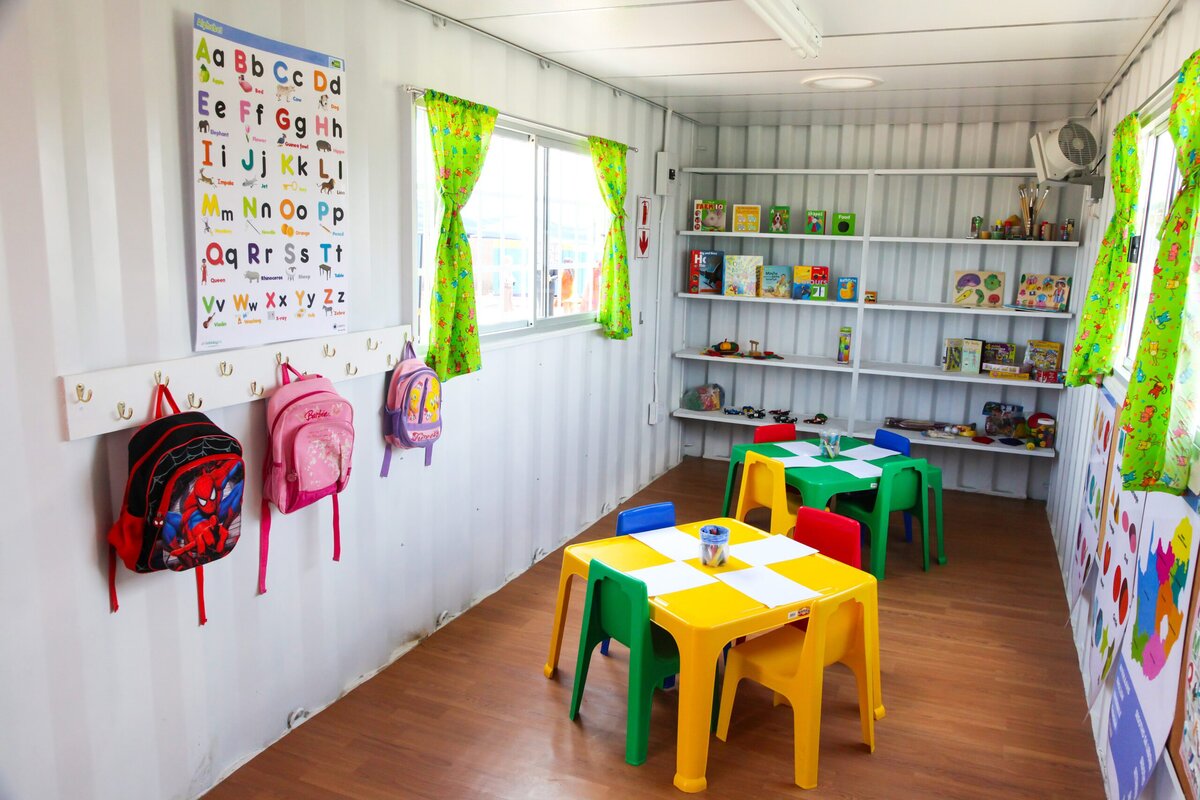
Whether it’s accessible playground equipment or innovative classroom furniture, K-12 schools are constantly making purchases that enable students to reach their full potential and empower teachers to create the best learning environments for their classrooms. But one of the most important—and seemingly innocuous—purchases a procurement, properties or facilities managers can make for their school is shipping containers.
From storage solutions to classroom space, the use cases for storage containers in educational institutions are practically limitless. They can even be used to build entire schools!
In this blog post, we’ll overview the unique benefits of shipping containers for schools, as well as some real-life examples demonstrating how storage containers can prove to be a cost-effective and scalable solution to many challenges faced by K-12 educational institutions.
Cost effectiveness
On average, building a school can cost $295-$359 per square foot—making the average total cost to build an elementary school anywhere from $7.7 to $8.7 million. And that’s just when it comes to building new schools from the ground up. The National Education Association estimates that it will cost $322 billion in taxpayer dollars to update public schools that are not currently up to modern standards.
Containers can provide a more affordable alternative to traditional construction—an especially appealing option to schools that may already be facing limited budgets.
Time effectiveness and scalability
Traditional construction methods can also be quite time intensive. Building a school can take up to 4-7 years. For schools facing urgent or temporary needs, like a sudden increase in student enrollment or emergency construction due to a weather event, container classrooms are a quick and scalable solution to ensuring a continuous and uninterrupted learning environment for students.
Environmental sustainability
According to the Department of Energy’s EnergySmart Schools report, K-12 schools spend more than $8 billion annually on energy. A significant portion of the environmental impact of schools comes during their construction. Embodied carbon, which accounts for 11% of the world’s carbon footprint, is a direct result of the greenhouse gas emissions that come from mining, manufacturing, transporting and installing of building materials. So not only do containers provide a more cost- and time-effective alternative to traditional construction, but they are also more environmentally sustainable.
The modular nature of container classrooms also makes it easy for them to be designed with energy efficiency in mind, such as incorporating features like solar panels and rainwater harvesting systems, lessening their carbon footprint in the long-run.
Durability, longevity, and security
On average, schools in the U.S. have gone 14 years since their last renovation. In other words, many schools haven’t seen any updates since the end of the Vietnam war. It’s no wonder that 40% of public schools are not up to modern standards.
For schools planning renovation construction projects, durability and longevity is key, because the next renovation might not be for another decade. Shipping containers are built to withstand harsh environmental conditions, and they offer protection against vandalism and break-ins, making them ideal construction materials for schools.
Mobility and flexibility
The mobile and flexible nature of containers unlocks countless solutions, both permanent and temporary, to the unique challenges faced by school maintenance and facilities teams. They can be relocated easily, making container classrooms a valuable option for temporary classroom space.
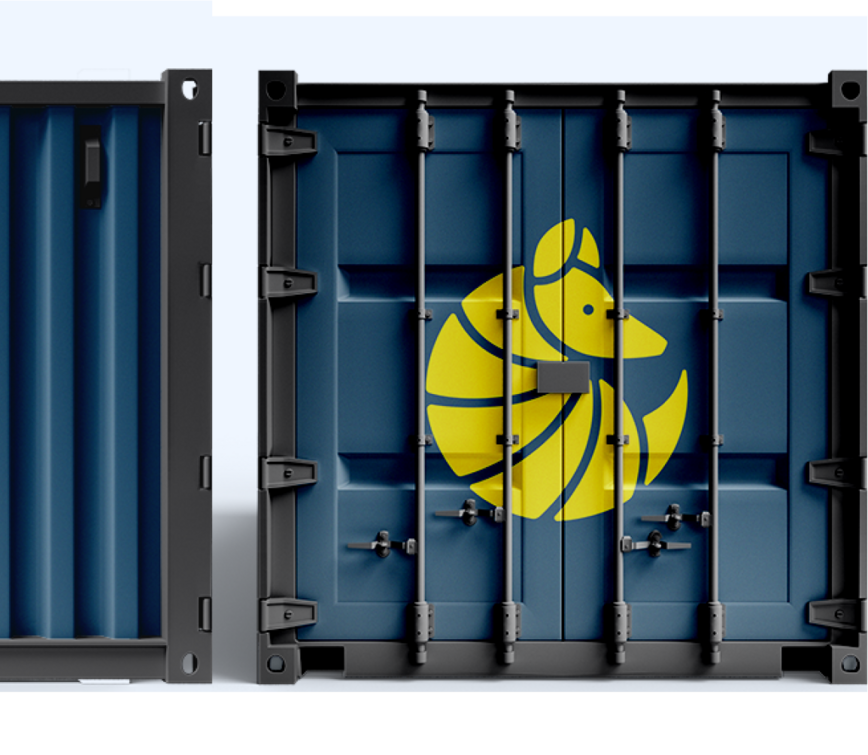
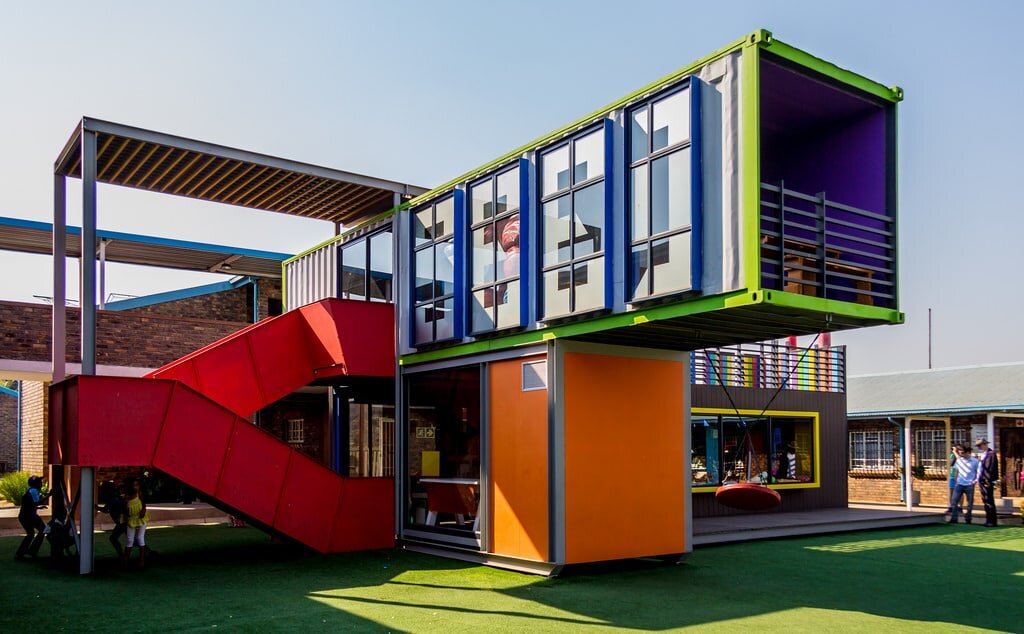
1. Shipping container classrooms or daycare
From additional single classroom space, to entire shipping container school buildings, container classrooms are a cost effective, scalable, and flexible option to create additional space for students—both permanently or as a temporary solution due to construction or unforeseen circumstances.
Additionally, for schools that offer daycare on-site, containers can provide a dedicated daycare space separate from school buildings.
2. Storage for school supplies
Using storage containers for school supplies is perhaps one of the most common—or at least, commonly thought of—use cases for storage containers in educational institutions. From sports equipment to textbooks to craft supplies, K-12 schools have an inventory of items that students and teachers endlessly rotate through. Some of that equipment, such as chemicals, must be intentionally stored safely at school. The secure, durable, and temperature-controlled nature of containers make them a great option to store these types of materials.
3. Shipping container student housing
For schools requiring student housing, the average construction cost for these types of facilities is $322 per square foot. Using shipping containers for student accommodation construction projects can give schools facing budget or time restraints a more impactful option.
4. Shipping container art or music studio
The modular nature of shipping containers means they’re easy to customize—making them the perfect blank canvas (pun intended) for unique spaces like art or music studios.
5. Shipping container gym
Shipping containers, with a standard size of 20 ft x 8 ft, can easily be combined to create larger spaces for students, such as gyms.
6. Shipping container library
This shipping container of books turned reading program is an excellent example of what it looks like to use containers to build libraries. Temperature-controlled and weather-resistant containers mean that books are protected from must and other deterioration risks. And as this example in Belize shows, you don’t even need to pack up the books if the library ever needs to be moved!
7. Event spaces
We’ve seen shipping containers used for restaurants, bars, and art galleries—so why not event spaces for your school? From school plays to fundraising events, containers can be modified to meet your school’s exact needs.
8. Shipping container playground
Shipping containers have been used to create unique playground environments emulating playhouses or treehouses, providing spaces that encourage students’ creativity, imagination, and collaboration.
Curious about the benefits of shipping containers for your school? Boxhub is the largest online marketplace in the U.S. for new and used shipping containers. Take our quiz to discover which container best meets your needs, or contact us to get a quote today.

About Andy Pandya
Andy is a content-focused marketing and growth leader with 18+ years of success in driving measurable improvements in customer acquisition, value expansion, and revenue operations. He is an expert in creating and implementing content strategies that drive engagement and revenue growth.


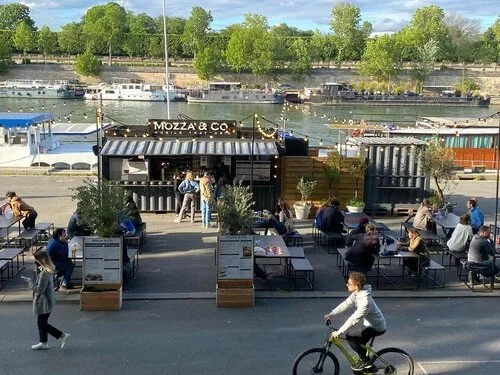

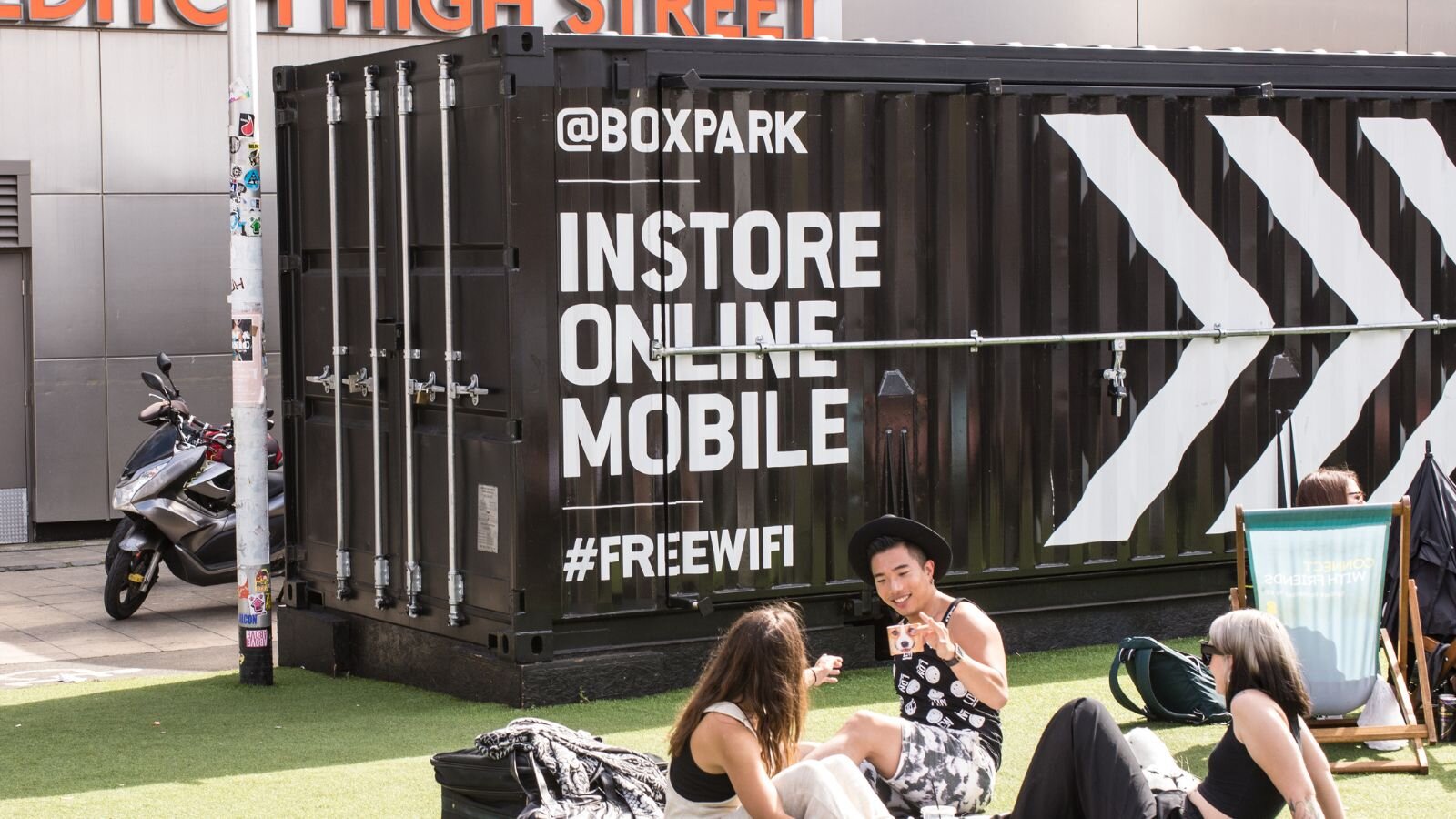


Continue Shopping
Loading cart